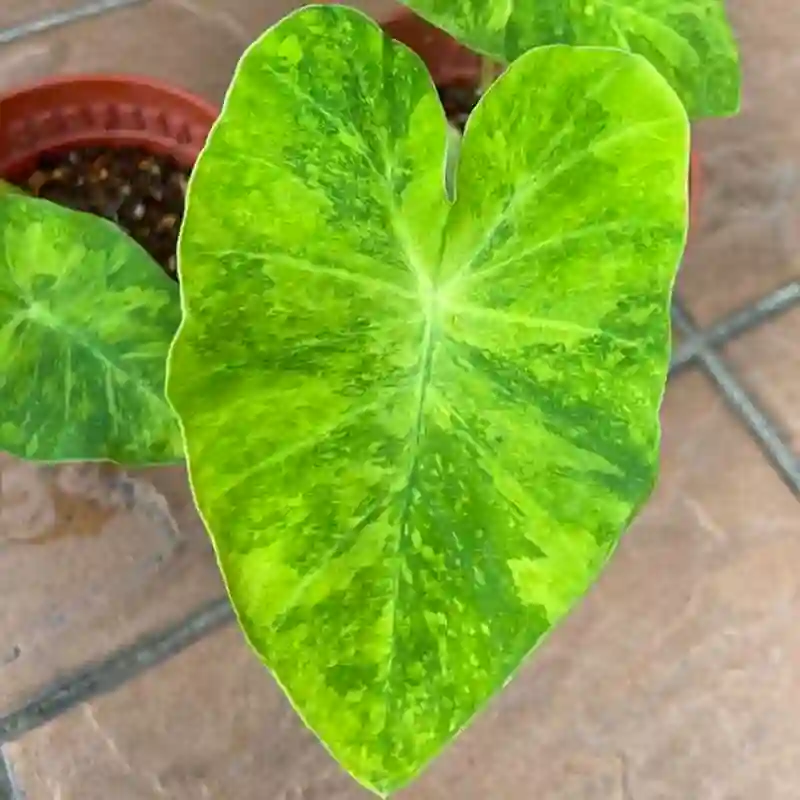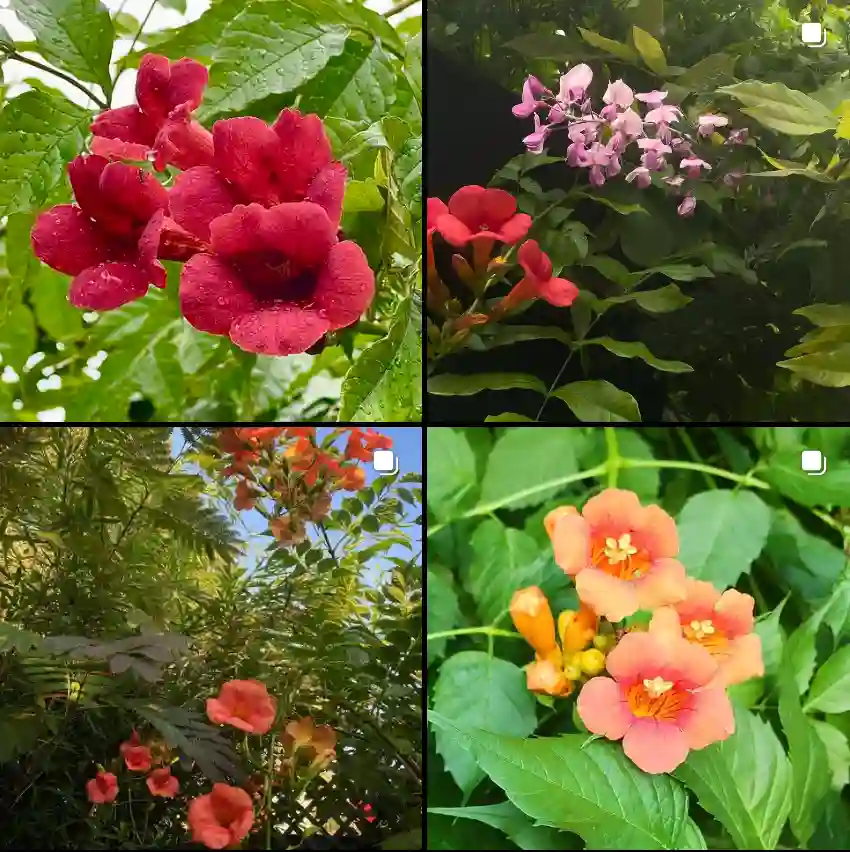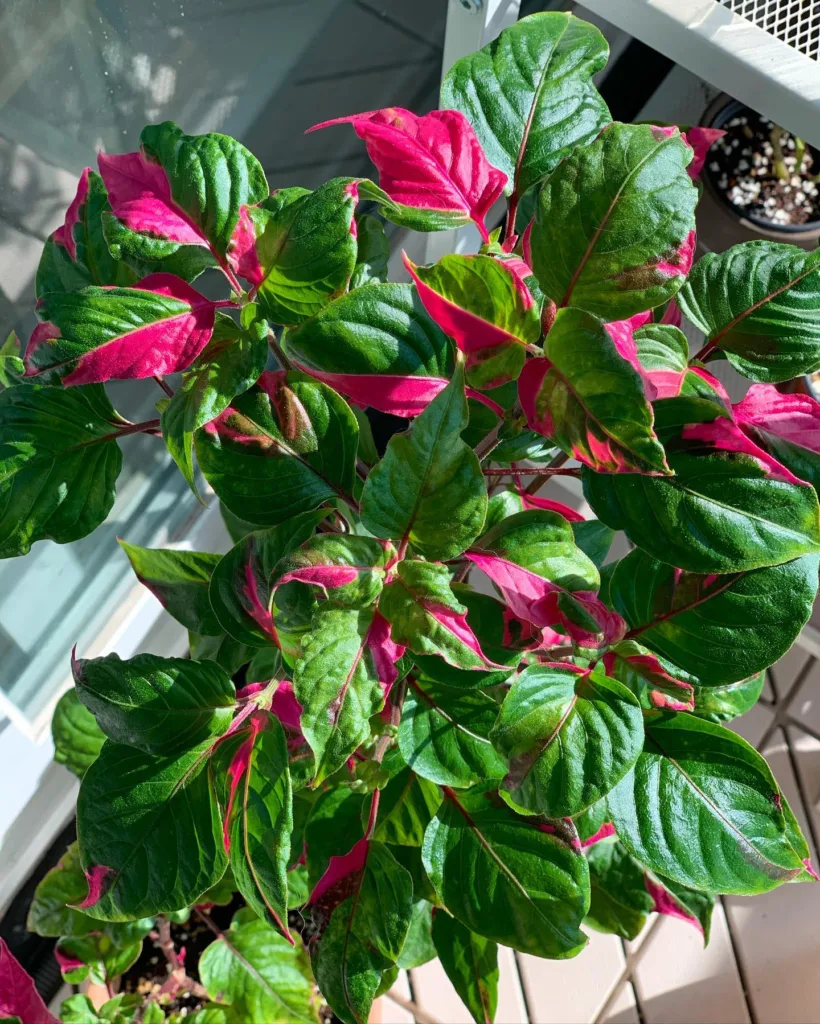What Is Helianthus Gracilentus?
Helianthus Gracilentus, commonly known as the Slender Sunflower, is a striking perennial that has caught my eye recently. Native to North America, this sunflower stands out due to its delicate, slender stems and small, bright yellow flowers. Unlike its larger, more common relatives, this species maintains a more refined and elegant appearance. It typically reaches a height of about 1 to 2 feet, making it a fantastic choice for garden beds and containers where space might be limited.
66 Species in Genus Helianthus
How to Care for Helianthus Gracilentus?
Caring for Helianthus Gracilentus is relatively straightforward. Here are the essentials based on my experience:
- Sunlight: This sunflower thrives in full sun. Aim for at least 6 hours of direct sunlight each day. Inadequate light can result in leggy growth and fewer blooms.
- Soil: Well-draining soil is crucial. The plant prefers loamy or sandy soils with good drainage. Adding compost can improve soil fertility and structure.
- Watering: Water regularly, but avoid waterlogging. The soil should be kept moist but not soggy. I’ve found that allowing the top inch of soil to dry out between waterings works well.
- Fertilizing: A balanced, all-purpose fertilizer applied in early spring can encourage robust growth and flowering. I use a 10-10-10 fertilizer, but any balanced mix should suffice.
- Pruning: Deadheading spent flowers can prolong the blooming period and encourage new buds. Removing any leggy or damaged stems helps maintain a tidy appearance.
How to Propagate Helianthus Gracilentus?
Propagation of Helianthus Gracilentus is fairly easy and can be done through seeds or division:
- Seeds: Start seeds indoors about 6-8 weeks before the last frost. Plant seeds about ¼ inch deep in seed-starting mix. Keep them in a warm, sunny location. Transplant the seedlings outdoors after the danger of frost has passed and when they are large enough to handle.
- Division: This method is best done in early spring or late fall. Gently dig up the plant, separate the root clumps, and replant them in well-prepared soil.
What to Plant With Helianthus Gracilentus?
When choosing companion plants, consider both aesthetics and growth conditions:
- Echinacea (Coneflower): The bold, colorful blooms of coneflowers contrast beautifully with the delicate yellow petals of Helianthus Gracilentus. Both plants thrive in similar growing conditions.
- Salvia: The spikes of salvia add a vertical element and can complement the slender form of the sunflower. They also attract pollinators.
- Coreopsis: The cheerful, daisy-like flowers of coreopsis pair well with Helianthus Gracilentus, enhancing a sunny garden’s vibrancy.
Benefits of Growing Helianthus Gracilentus
Incorporating Helianthus Gracilentus into your garden offers several benefits:
- Attractive Foliage: Its slender, airy appearance adds a touch of elegance to garden beds and borders.
- Pollinator Friendly: The bright yellow flowers attract bees, butterflies, and other pollinators, which can benefit the entire garden.
- Low Maintenance: Once established, it requires minimal care, making it an ideal choice for busy gardeners.
Is Helianthus Gracilentus Toxic?
Helianthus Gracilentus is not known to be toxic to pets or humans. However, it’s always good practice to monitor pets and children around garden plants, as ingestion of large quantities of any plant material can sometimes cause mild gastrointestinal upset.
Common Problems and Solutions
Despite its hardy nature, Helianthus Gracilentus can encounter a few issues:
- Powdery Mildew: This fungal disease can cause white, powdery spots on leaves. Improve air circulation and avoid overhead watering to reduce humidity. If needed, apply a fungicide.
- Pests: Watch out for aphids and spider mites, which can infest the plant. Regularly check the undersides of leaves and use insecticidal soap or neem oil if pests are found.
How Does Helianthus Gracilentus Compare to Other Sunflowers?
Helianthus Gracilentus is often confused with its larger relatives like Helianthus annuus (Common Sunflower) and Helianthus tuberosus (Jerusalem Artichoke). Here’s a quick comparison:
- Size: Unlike the towering Helianthus annuus, Helianthus Gracilentus remains compact, making it more suitable for smaller gardens.
- Flower Size: The flowers of Helianthus Gracilentus are smaller and more delicate compared to the large, bold blooms of other sunflowers.
- Growth Habit: While Helianthus annuus is known for its tall, sturdy stems, Helianthus Gracilentus has a more slender, graceful growth habit.
Overall, Helianthus Gracilentus offers a unique alternative to the more common sunflowers, providing beauty and elegance in a compact form. Whether you’re looking to brighten up a small garden space or add diversity to your plant collection, this slender sunflower is worth considering.
If i die, water my plants!



